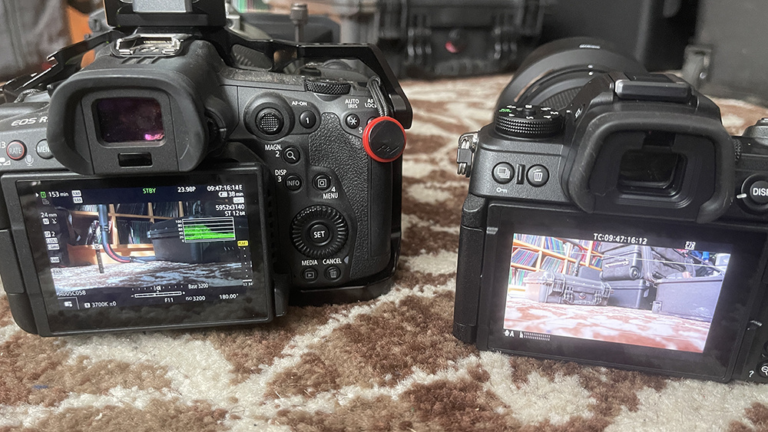Today, I’ll share a quick look at my simple solution to a sometimes convoluted process.
Timecode is absolutely essential to filmmaking. Many of you may find that statement surprising, as you may have never actually heard of timecode. But, as you progress on your filmmaking journey, it will become one of those discoveries that you can’t fathom how you ever lived without.
What Is Timecode?
In a simple sense, timecode is a crystal-synced process of assigning a numerical value to every frame of video you shoot and every frame of audio you record. If you think of film/video as a series of individual photographs, then, in order for sound/dialogue to appear in sync, the correct frame of film needs to line up with the correct frame of audio. To do this, we assign a matching timecode to each frame that corresponds between the video captured and the audio captured. Then, we bring both video and audio elements into our NLE, sync them up based on the timecode, and—bingo—the two are in perfect synchronization. I could go further down a tech-speak rabbit hole, but all you really need to know is that timecode is a way to keep two separate but related elements in mathematical sync when making a film.
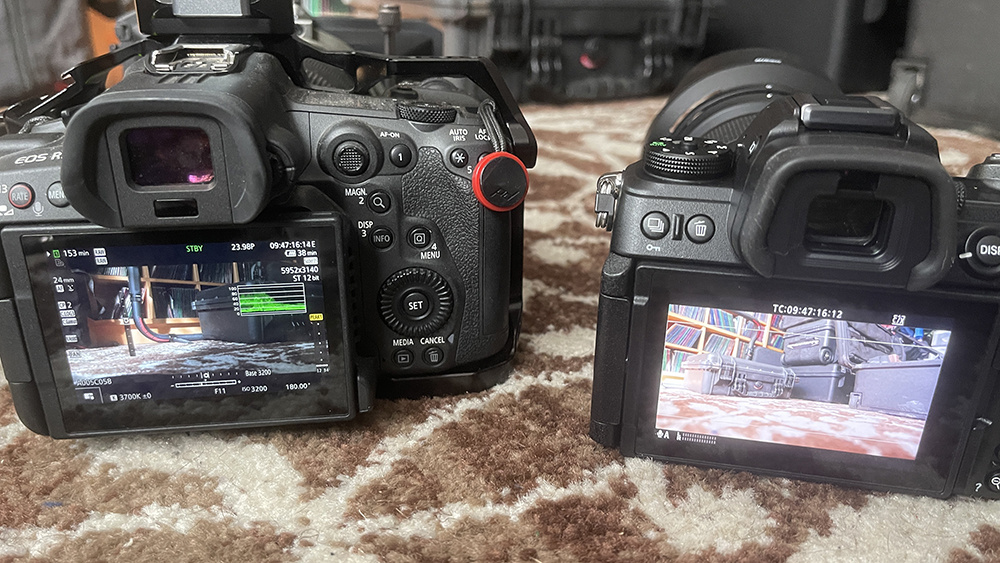
Why Is This Important?
You may ask yourself, “Why do I care?” After all, you’ve been making videos for years and have never even heard of timecode, so why bother with it now? Well, to be sure, if your filmmaking needs boil down simply to having one camera with audio being recorded directly into it through the mic jack and that’s all there is to it, then, no, you probably don’t need to worry about timecode.
But what if you want to shoot with two cameras simultaneously? What happens when you start—as you should in most cases—to record audio separately to a sound mixer instead of feeding it directly into your camera? What if you suddenly find yourself shooting a multicam project with 25 different cameras running simultaneously and a mix of boom and lav mics spread across the set, and you need to hand all of that over to your editor in a way they can make sense of? Well, this is where having a highly accurate way to link footage is not only a benefit but downright essential.
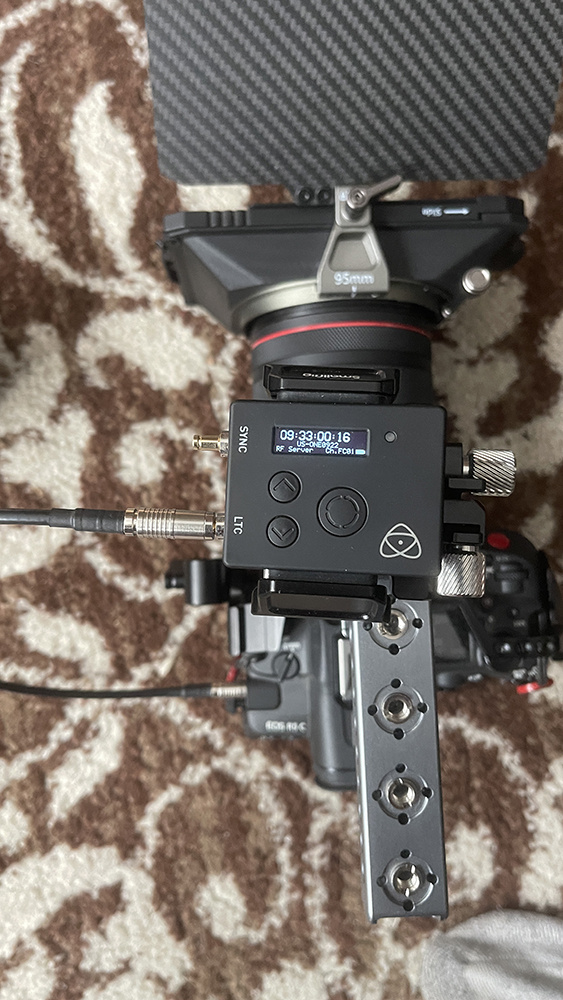
How Does It Work?
If you are regularly working with large crews, there’s a good chance that you already have a member of your team dealing with timecode so you don’t have to. You may also be working with higher-end cameras that all have timecode solutions built in, anticipating the routine needs of production. But, in the age of hybrid cameras, where both the cameras and crews have gotten smaller, it is equally likely that you will find yourself working either as a one-man band or with a limited team and will be in charge of recording accurate timecode as you go. Here’s how I go about it.
In most cases, where I am directing and/or DP’ing a project, I’m not the one who has to worry about setting up timecode. But there are often smaller projects or personal projects where I have plenty of imagination but a dearth of resources. I find myself cobbling together a squadron of mismatched parts that all need to sing the same tune in the end.
For instance, I own two Nikon Z9s, which serve as my primary still cameras and often video cameras on low-budget fare. I also own a Canon R5C. I also own a Canon R5C. In addition, I often rent additional cameras, either as primary cameras or additional cameras, and those need to sync up with the other three to complete the scene. I always record my audio separately, so I need to get matching timecode onto my audio recordings as well to make sense of it all in post. So how do I get all those systems to work together?
First things first, there are many ways to go about this. What I’m about to describe is what works for me. But you may have different ingredients and will come up with a different recipe. With that out of the way, here are the steps I take.
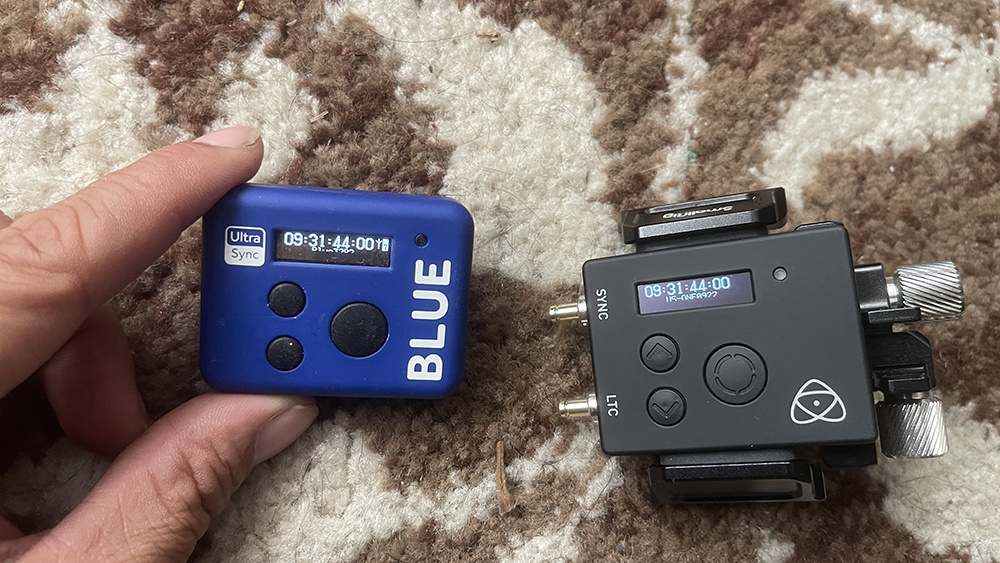
UltraSync One and UltraSync Blue
Timecode has to start somewhere. You need to determine who is going to be the master to establish the timecode and what will be the client. I mentioned earlier that my Nikon Z9s are often used for my video projects. Only one problem: unlike the Canon R5C (or most true cinema cameras), the Z9 lacks a dedicated timecode port. It can generate timecode internally, but it doesn’t have a port dedicated to being able to “jam” sync timecode into it from another device. This is the normal state of affairs for the vast majority of hybrid mirrorless cameras, so the Z9 is not unique in this deficiency.
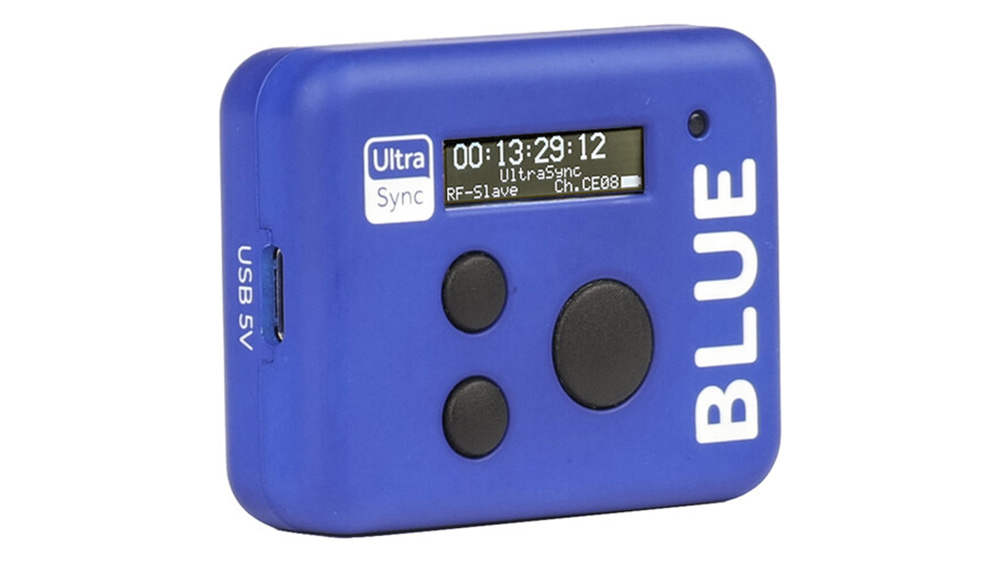
Thankfully, Nikon addressed this issue with the Z9 (and later on the Z8 and Z6 III) by allowing you to sync timecode over Bluetooth. I actually don’t hate this at all, as it means that’s one less wire that I need to worry about connecting that can accidentally get disconnected. To receive timecode over Bluetooth, you have to purchase the UltraSync Blue. It’s not super expensive at $149. And it can work as the master to up to six clients. So, I let the UltraSync Blue generate timecode, connect via Bluetooth to my two Z9s, and boom, the timecode is now in sync.
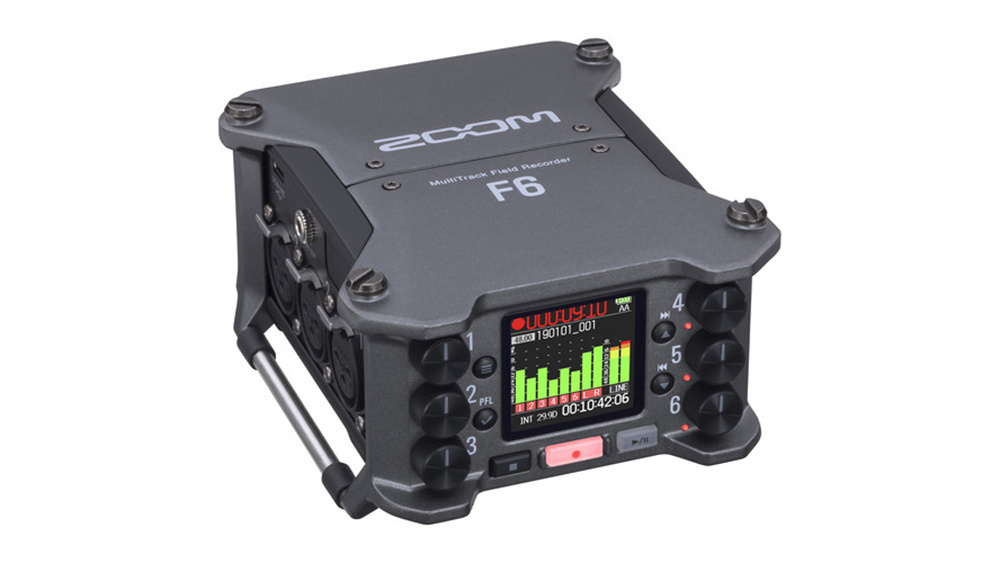
Of course, I must now add another element to continue the process as I have yet to mention sound. My main sound recorder is a Zoom F6. That system has the option to add an optional Bluetooth receiver, which just so happens to also work with the UltraSync Blue. So, I connect that via Bluetooth as well, and now I have two video sources (the Z9s) and my main audio recordings (the Zoom F6) all recording the same timecode being generated by the UltraSync Blue. And it’s a pretty perfect solution. Except…
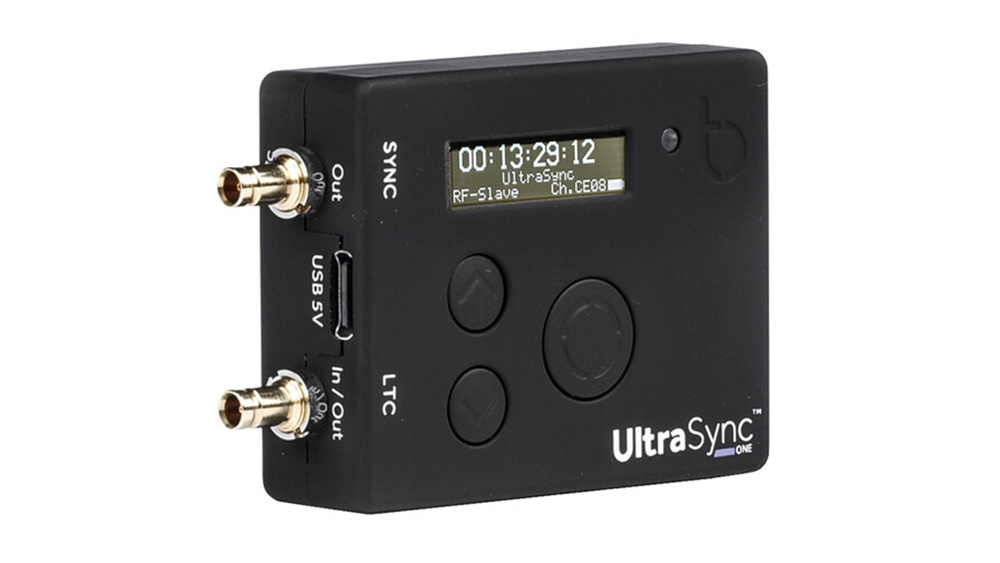
This solution works perfectly when I’m only shooting with my Nikons. But UltraSync Blue’s can’t connect to all brands via Bluetooth. My Canon R5C, for instance, can’t connect to the UltraSync Blue via Bluetooth. So, how do I get matching timecode on both the Nikons and the Canon? Well, that’s where the UltraSync Blue’s big brother, the UltraSync One, comes into play. While the Canon R5C doesn’t have timecode via Bluetooth, it does have something most mirrorless cameras do not, a dedicated timecode port.
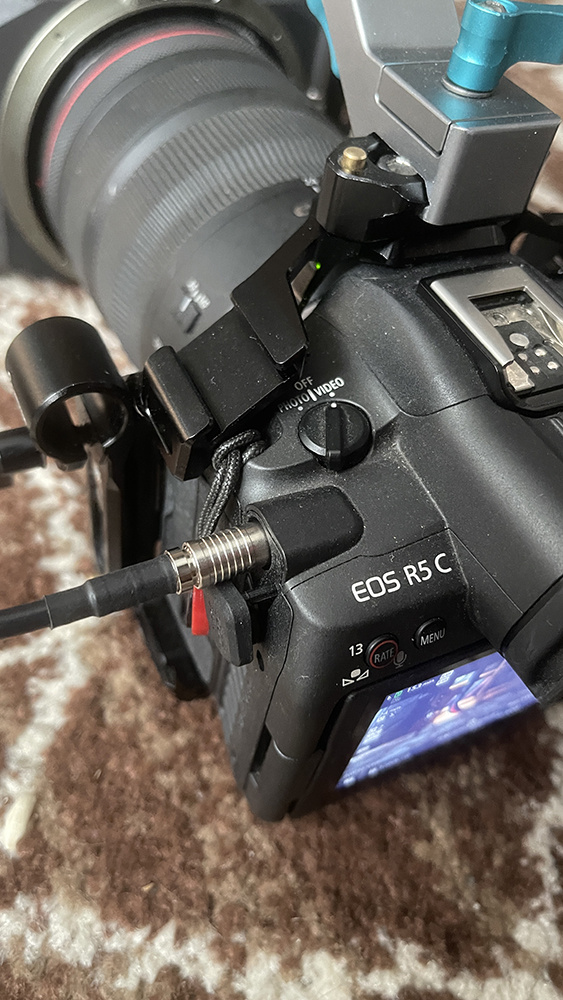
There are ways to get timecode into a mirrorless camera without a port or Bluetooth. Namely, you can sacrifice the camera’s built-in audio by feeding the timecode signal directly into the mic jack, then syncing based on the audio waveform in post. The Tentacle Sync system is perfect for this setup. The problem with this approach is that if something goes wrong, you no longer have scratch audio. If there’s a problem with the audio sync for some reason, you could find yourself without any audio at all. The R5C’s timecode port allows you to do it the right way and record timecode straight to the file without needing to sacrifice the camera’s built-in microphone or whatever other microphone you wish to plug into the mic jack.
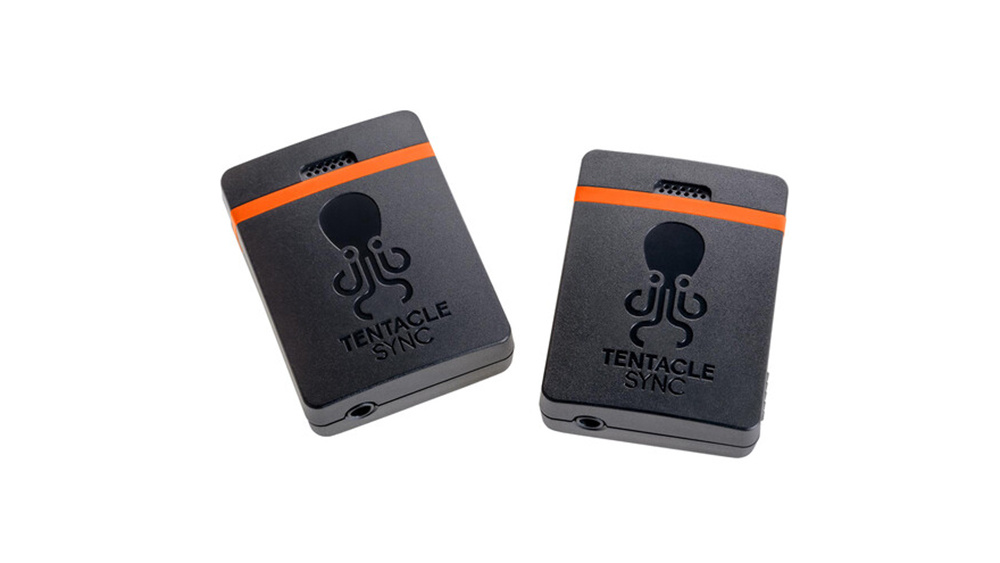
So how do we get the timecode from the UltraSync Blue to match that of the UltraSync One? Well, like most family members, these two devices speak the same language. All you need to do is set one to RF (radio frequency) Server and one to RF Client, and the second will pick up the timecode from the first. So, if I put the UltraSync One as the client, it will receive from the Blue, and now both Nikons, the Zoom F6, and the Canon R5C (connected physically between the UltraSync One and the camera’s timecode port) will be in sync.
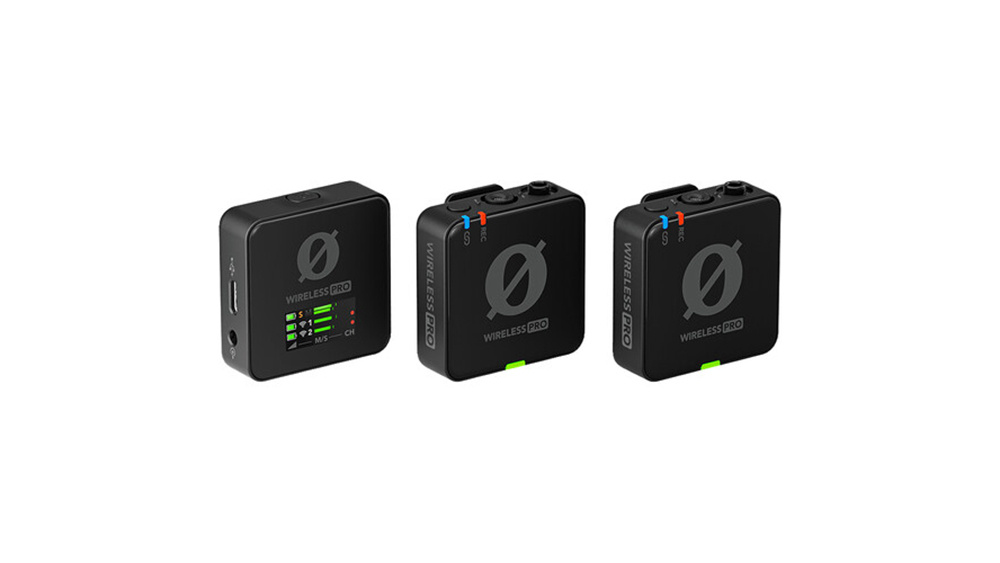
Adding Rode Wireless Pro
Now, let’s make our lives a bit more complicated. I recently purchased the Rode Wireless Pro 32-bit float lavalier system. I have other lavs, but I like the compact nature of the Rode’s, and, most importantly versus other audio systems of the same size, they can generate timecode. Because I knew I would want that audio to be able to work in conjunction with other microphones and mixers on set, timecode was essential.
Only one thing: at least as far as I’ve been able to find so far, I haven’t found a way to jam sync timecode into the Rode Wireless Pros (correct me in the comments if there is a way). They can generate timecode, but they can’t seem to receive it from something like the UltraSync One or Blue. But I still need them all to work together. So, that meant I needed to make the Rode Wireless Pro the master and then find a way to get its timecode into the other two.
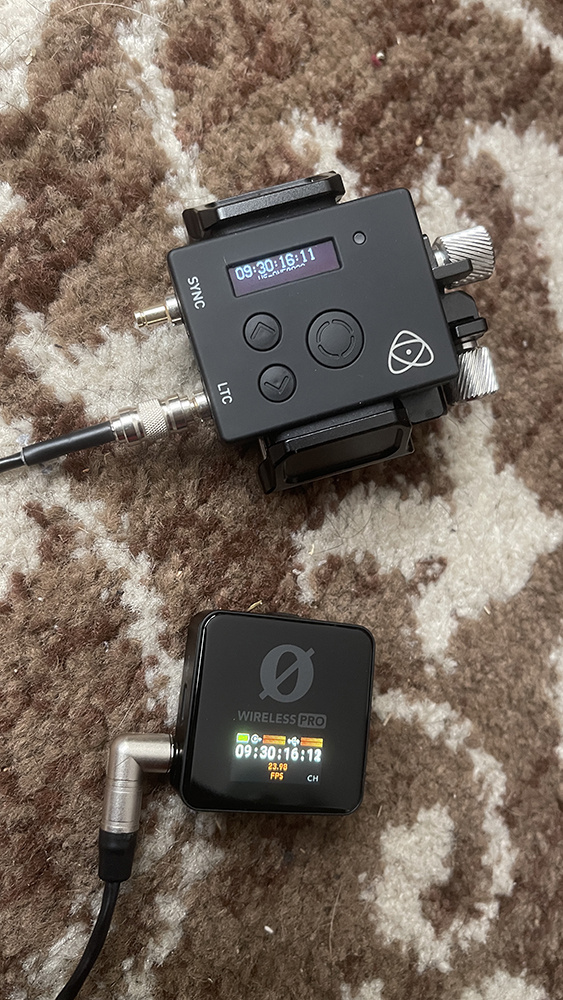
Thankfully, after a fair amount of Googling, I found out how to send timecode out of the Rode Wireless Pro via the headphone jack. Then, I connected that cord physically between the Rode Wireless Pro and the UltraSync One and jam synced timecode into the UltraSync One. So, now we have our UltraSync One and Rode Wireless Pro in sync. Then, I connected the UltraSync One to the R5C. This meant the Rode Wireless Pro’s timecode synced with the R5C.
But now I had to make a change. I flipped the newly jam-synced UltraSync One from RF Client to RF Server. Then I changed the UltraSync Blue from RF Server to RF Client. So, instead of sending timecode from the Blue to the One, I was now sending the timecode that the One was receiving from the Rode Wireless Pro ahead into the UltraSync Blue. Timecode started in the Rode, was sent to the One (via cable), then sent to the Blue (over Bluetooth) and the R5C (over a physical cable). The One then forwarded that timecode to three Nikons (if we include a Z6 III I currently have on loan), the Zoom F6 sound recorder, and a separate Zoom F2 BT lavalier sound recorder system I have as well—all over Bluetooth.
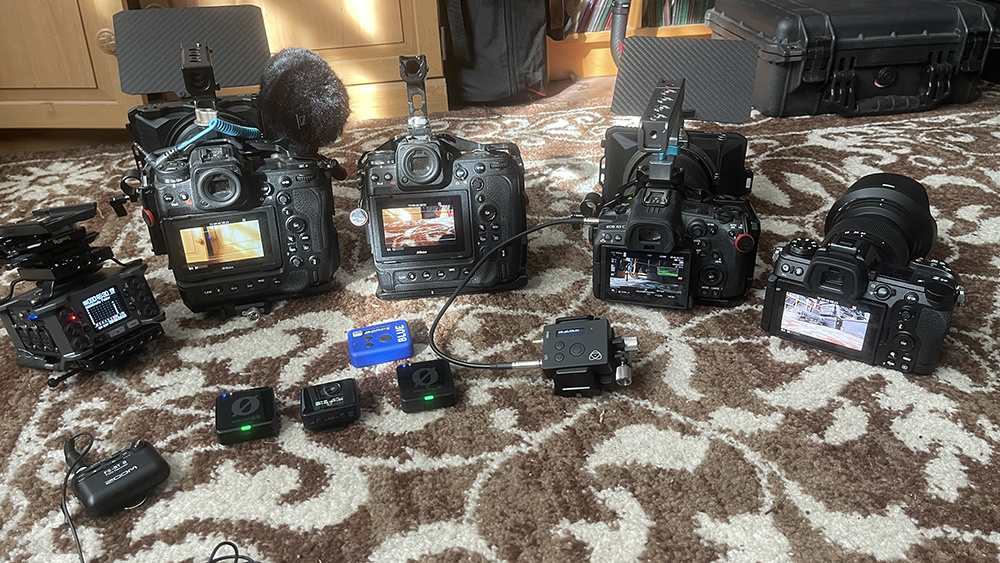
The End Result
I realize that sounds complicated, but I went through the headache so you don’t have to. The end result is that I have perfectly synchronized timecode from 13 audio sources running simultaneously. Each of the four cameras is recording internal scratch audio or onboard mics. The Zoom F6 has six audio inputs, which can be any combination of booms or lavs, all getting their timecode from the recorder itself. The Zoom F2 is recording its own audio with timecode over Bluetooth. The two Rode Wireless Pro transmitters record internal audio (in addition to sending to the transmitter) with matching timecode. The system is also scalable, as I would only need to add more cameras and/or additional UltraSync Blue/One devices to continue building out the system.
Now, do you need this level of synchronization? Maybe, maybe not, depending on the type of work you do. But when the footage and audio start adding up and the projects become more complex, being able to perfectly sync timecode, even when working with mirrorless cameras, is key to an organized workflow.
